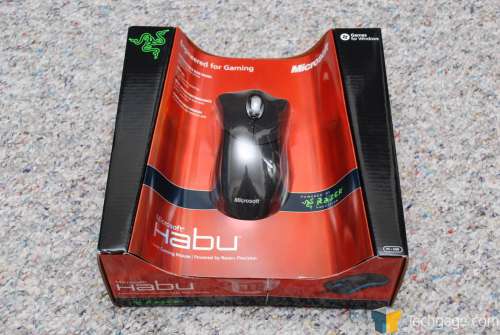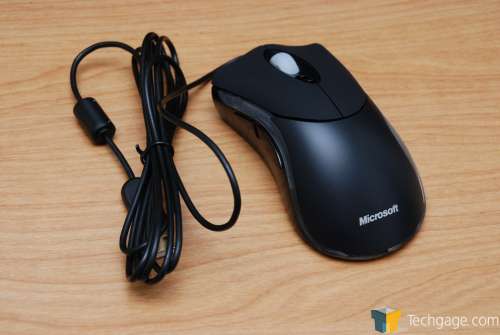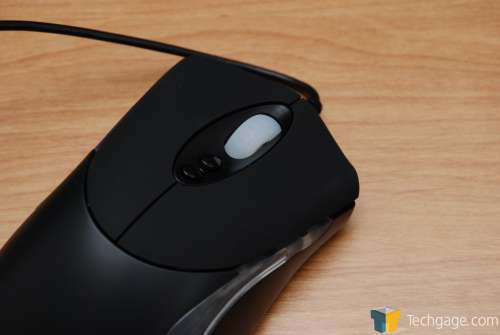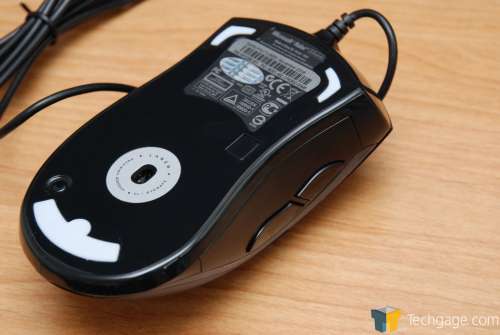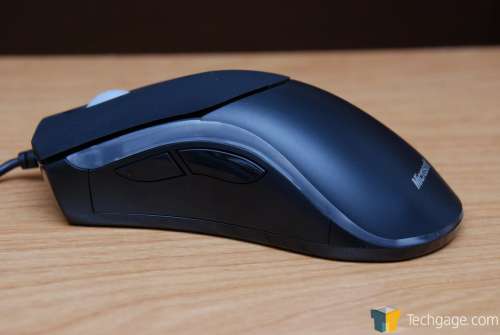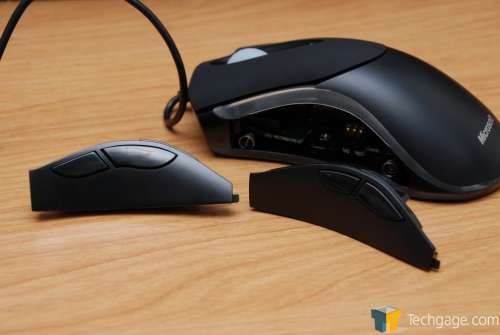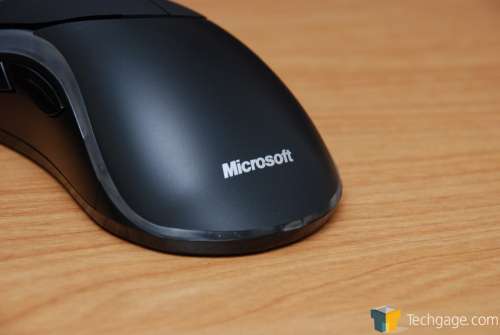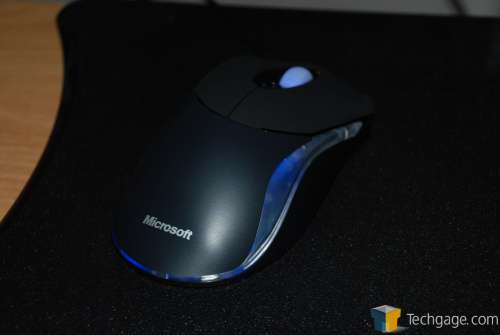- Qualcomm Launches Snapdragon 4 Gen 2 Mobile Platform
- AMD Launches Ryzen PRO 7000 Series Mobile & Desktop Platform
- Intel Launches Sleek Single-Slot Arc Pro A60 Workstation Graphics Card
- NVIDIA Announces Latest Ada Lovelace Additions: GeForce RTX 4060 Ti & RTX 4060
- Maxon Redshift With AMD Radeon GPU Rendering Support Now Available
Microsoft Habu Gaming Mouse
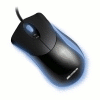
If you put two huge peripheral developers in a blender, what would pour out? Well, if it’s Microsoft and Razer, you’d have a Habu gaming mouse. Built upon Razer’s intuitive designs and Microsofts amazing logo, the Habu proves to be a gaming mouse worthy of your consideration.
Page 1 – Introduction
|
|
Late last summer there was an interesting announcement out of the Microsoft camp. For years they have created peripherals for gamers without the help of others. When they came to the realization that they didn’t have the “edge” required to really succeed in the market, they decided to cooperate with another successful game peripherals developer to get their own ship kick started. Who better to turn to than Razer?
Their cooperation with Razer is really an understatement. From my experiences with the mouse, it’s all about Razer. Microsoft simply has the benefit of slapping their own logo on there and shoving it into a red box. This is not to say it’s a bad thing, as you are buying into Razers intuitive designs and quality.
If you think I am kidding, simply look through our review of Razers own DeathAdder mouse. Not only is the shape strikingly similar, but the scroll wheel glows and the side buttons are also identical. Luckily for consumers, the Habu actually does have a lot to offer when compared to the DeathAdder.
In fact, when comparing Microsofts mouse to the DeathAdder, it appears that Razer deliberately held back some functionality on their own mouse in order to help the Habu succeed. Considering the fact that the Habu was released late last summer and the DeathAdder just this year, there was some definite scale-down that took place.
We’ve talked enough about the DeathAdder. Let’s now take a look at the mouse in question today.
Microsoft doesn’t normally throw any punches when it comes to their packaging. Normally all of their peripherals come in a clean red-colored box, and the Habu is no different. However, there is a Razer logo as well, to expose their joint efforts.
The Habu has a clean black look which most gamers should appreciate. Unlike most Razer mice however, this one is not ambidextrous. Personally, I prefer this by far, although it usually leaves left-handed gamers in the cold. Although wireless is the future, wired gaming mice have overwhelmingly remained the preferred choice. This is beneficial for the sake of no dropouts and also cheaper overall costs.
If you are accustomed to Logitechs gaming mice, the Habu may take a little getting used to. The buttons are not built into the actual mouse chassis, but are separate with a different material used. It’s a rougher type plastic that will assure your fingers won’t slide off in the middle of a huge battle.
The scroll wheel is smoked color, but clear, thanks to the LED that lies underneath. There are two buttons directly below this, which are used for DPI adjustments, as you probably have already guessed. In the heat of battle, you can increase or decrease the sensitivity on the fly, thanks to these handy buttons.
On the belly, you can find the slick teflon feet as well as two buttons. The one closest to the thumb buttons is to pop that piece off, while the other button is a complete mystery to me. I cannot find a mention of it anywhere in the manual or on their website.
As I just mentioned, you can indeed pop the side buttons off. Why? Because Microsoft includes two different sidepanels with the buttons in slightly different positions. This is simply so you can choose which one feels the best.
Here you can see the Microsoft logo and also the clear LED path.
Finally, here is a shot of the mouse in action… minus my hand of course.
No mention of Razer is found on the mouse, but just wait until you install the software. It will be then that you realize just how Razer-like this mouse is.
|
|
Support our efforts! With ad revenue at an all-time low for written websites, we're relying more than ever on reader support to help us continue putting so much effort into this type of content. You can support us by becoming a Patron, or by using our Amazon shopping affiliate links listed through our articles. Thanks for your support!




